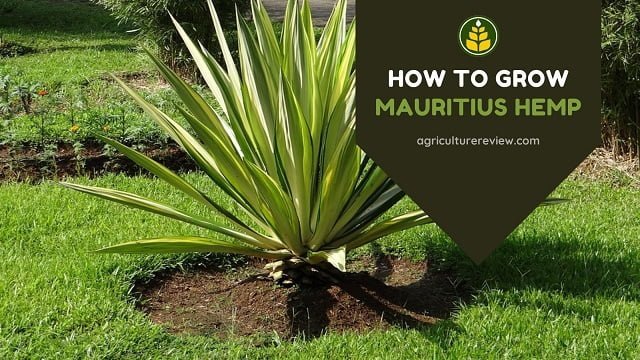Clivia also known as “Bush Lily” is a herbaceous, evergreen, perennial winter flowering plant that is native to the subtropical forests of eastern South Africa. This plant has green-colored, strap-like leaves and flower shade varies from orange to yellow that is produced in clusters of 12 to 20 on top of a thick stem. If you are looking for a flowering plant that can do well in indirect sunlight, then you can bring clivia to your indoor garden.
Clivia Plant Care Guide

Follow these guidelines carefully to care for your clivia plant.
- Sunlight: In the wild clivia is found to be growing under the canopy of dense forest, hence they require indirect sunlight to grow. Therefore if you are willing to grow them indoors, then keep them near a bright north window or an east or west window where they can receive indirect sunlight. Avoid keeping them in direct sunlight as it can cause sunburns.
- Soil & Potting Mix: In their natural habitat, clivia grows on materials that are rich in organic matter. To plant clivia, prepare potting mix with 40% garden soil + 40% organic manure + 20% cocopeat. You can also add a handful of perlite to this mixture.
- Watering: Clivia is a drought-tolerant plant that stores water in its roots. Therefore, let the top layer of the potting soil dry out completely before the next watering. Moreover, with the help of a watering can you can water around the base of this plant.
- Fertilizers: During the active season, i.e., winters, you can apply a balanced fertilizer NPK (20:20:20) once a month. For organic gardening, you can fertilize per clivia plant with two handfuls of vermicompost + onion peel fertilizer once a month.
- Flowering: To encourage flowering in the clivia plant, stop or reduce watering the clivia plant from November to the end of January and begin watering again from the first to the second week of February. You can also begin watering when the leaves of the plant seem to start drooping. Soon you will initiate watering, and within a week or two flowering spikes will start developing.
- Potting & Repotting: You can transplant clivia anytime in a year. But you must know that this plant does well when slightly root constricted, that’s why you should only transplant until the roots start coming out of the pot. You can begin by planting clivia in a 6 to 8 inch-sized terracotta pot and later on move it to a larger one slowly.
- Pests & Diseases: Generally, they are not much affected by pests, but in worse conditions, pests such as mealybugs can damage your clivia plant. You can either use a cotton swab dipped in alcohol or neem oil spray to control these pests. Avoid overwatering or waterlogging to protect your plant from root rot.
How To Propagate Clivia?
You can propagate clivia plants from seeds and division. However, propagating clivia from seeds is not advisable as it takes three to five years for them to bloom for the first time. Hence, you should propagate them by offsets or division. A 3 to 4 year old clivia plant produces one or more offsets every year.
To propagate, you can take the entire plant along with roots out of the pot. Carefully remove soil present around the roots of the plant with the help of a water hose. Once soil around the root gets removed, with the help of a clean knife separate new plants along with roots. Plant them in a desirable pot, water gently and keep them in shade.
If you have any queries, ideas or suggestions, then please comment below. You can also connect with Agriculture Review on Facebook, Instagram, Koo and WhatsApp Messenger.




